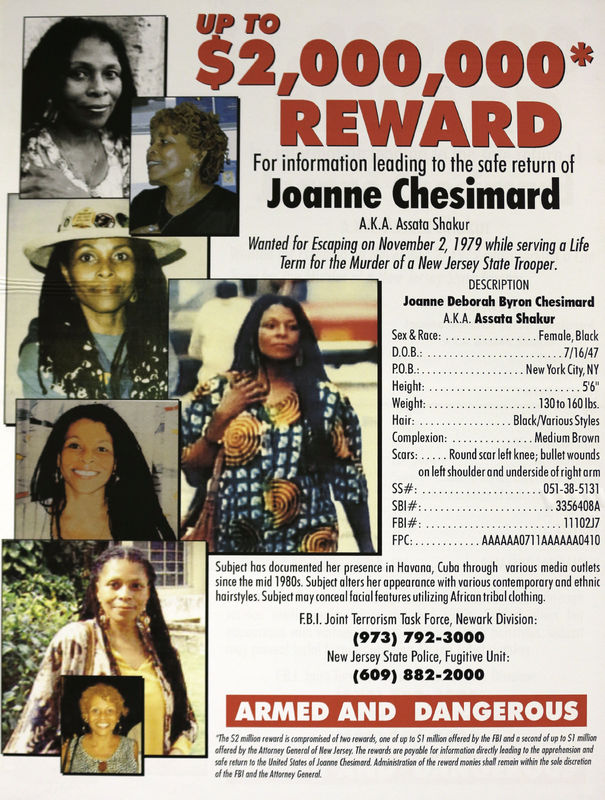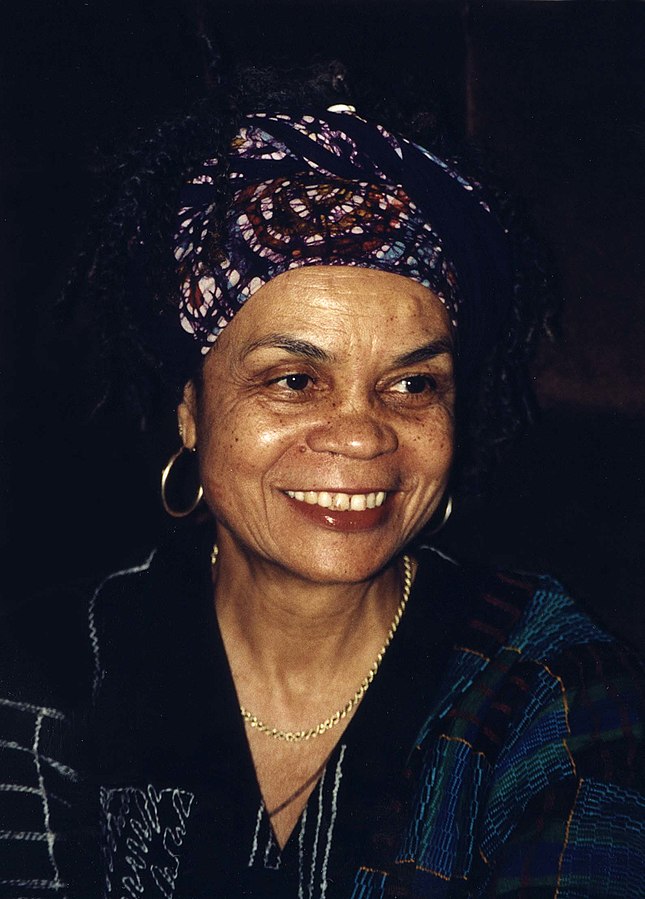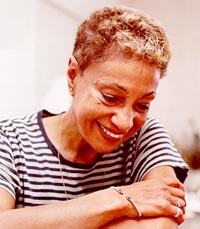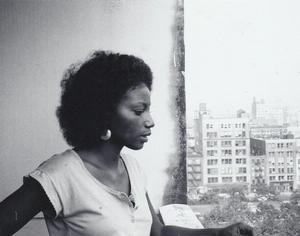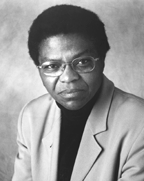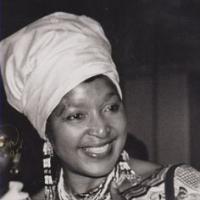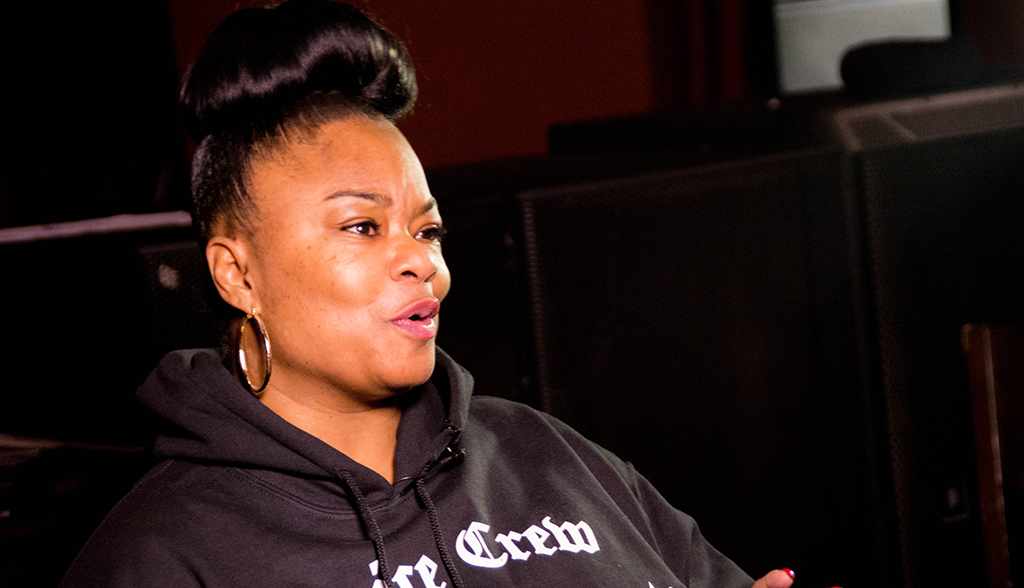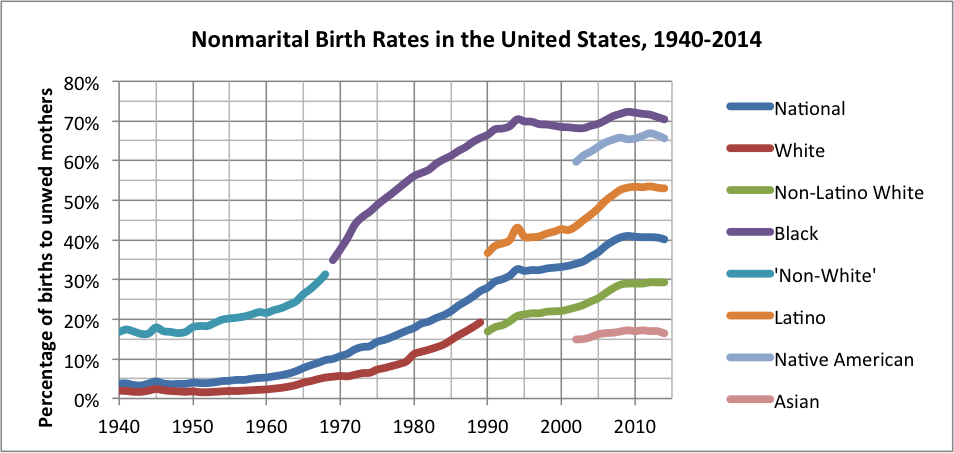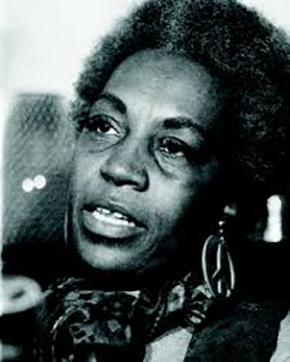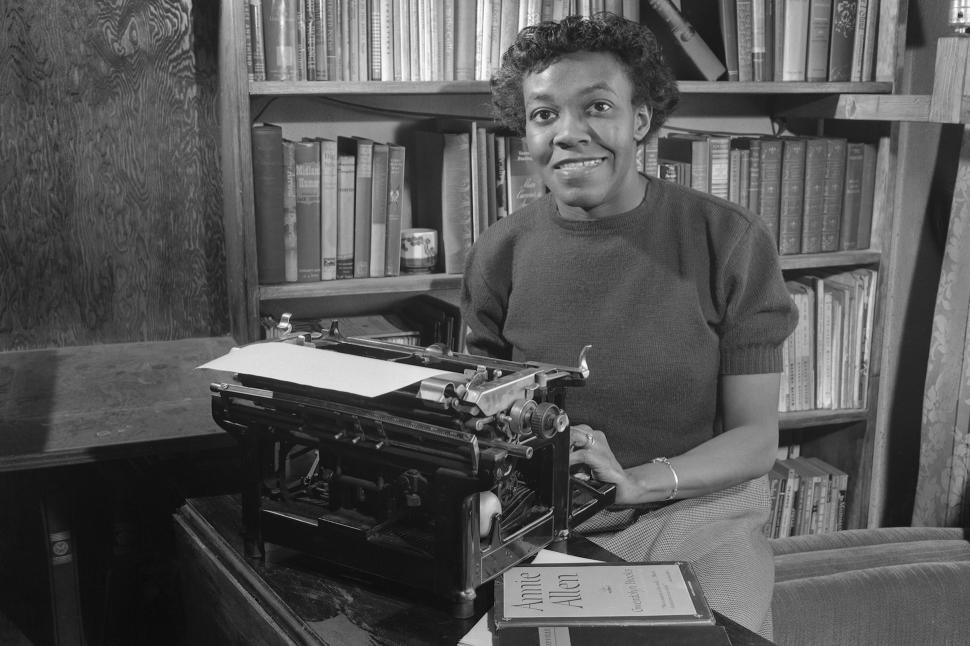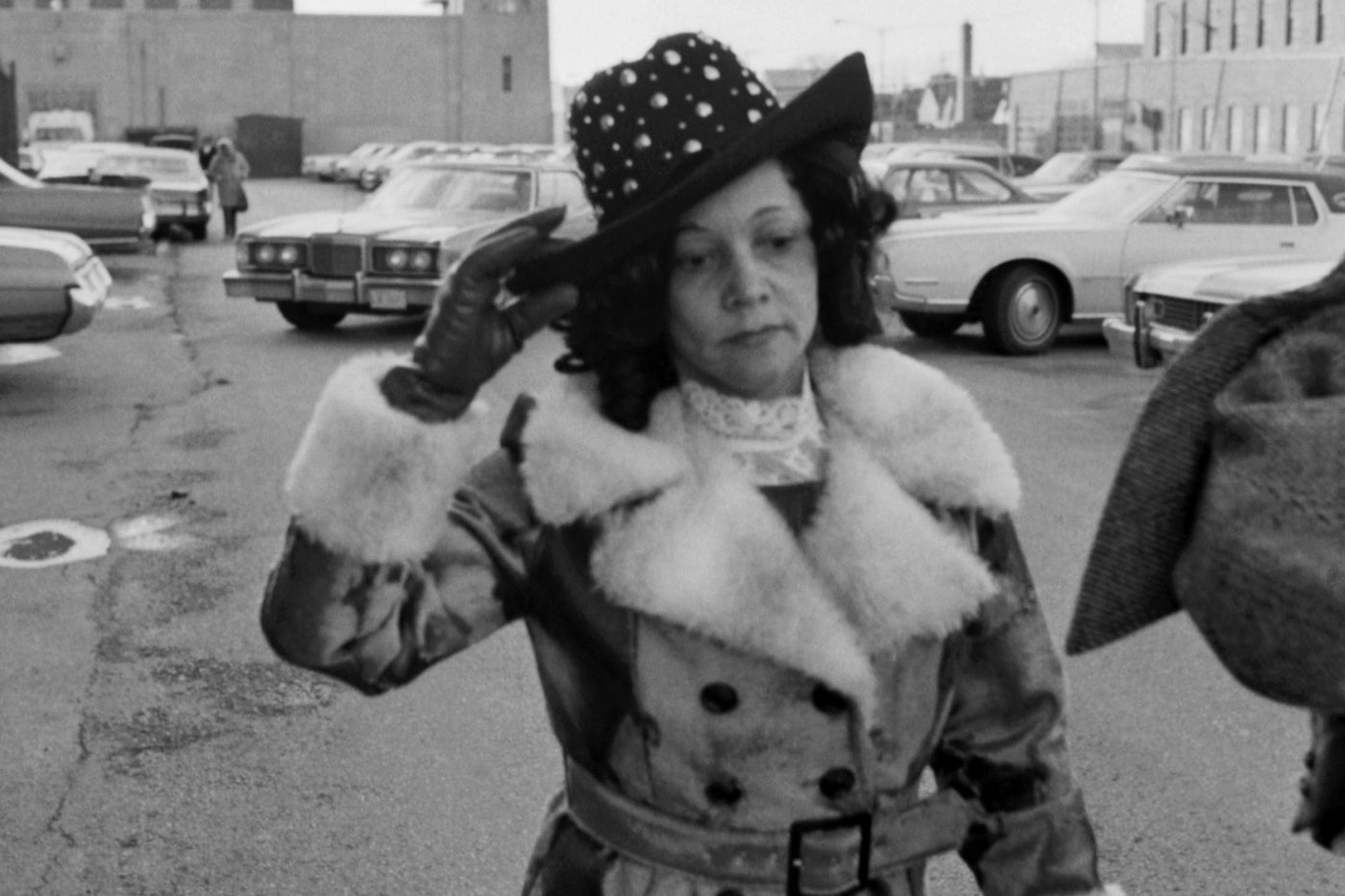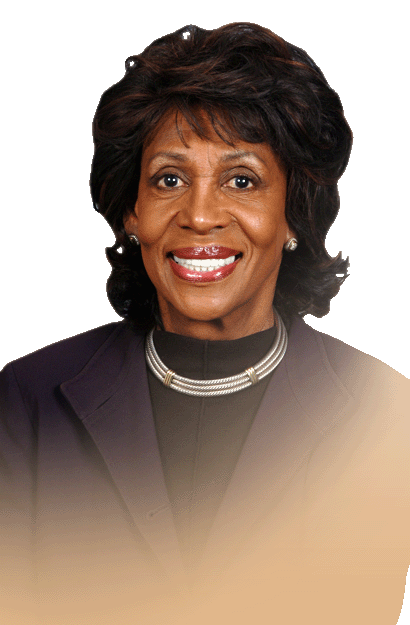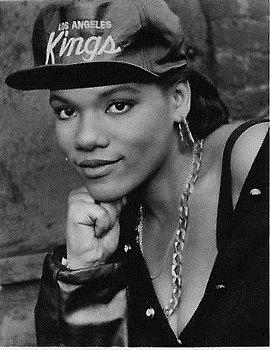A Black Women's History of the United States (OBOC 2021-2022)
Chapter Ten: Shirley’s Run, Black Power, Politics, and Black Feminism, 1970-2000
Shirley Chisholm
-
A Look Back On Shirley Chisholm's Historic 1968 House Victory- Radio segment
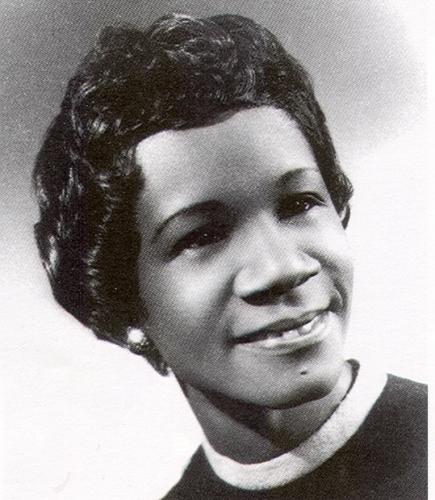
Kathleen Cleaver
Ericka Huggins
-
Revisiting New Haven's Black Panther Trials With Ericka Huggins- Radio segment

Frances “Fran” Beal
-
She's Beautiful When She's Angry- Fran Beal appears in this documentary that looks at the feminist movement 1960s-1970s
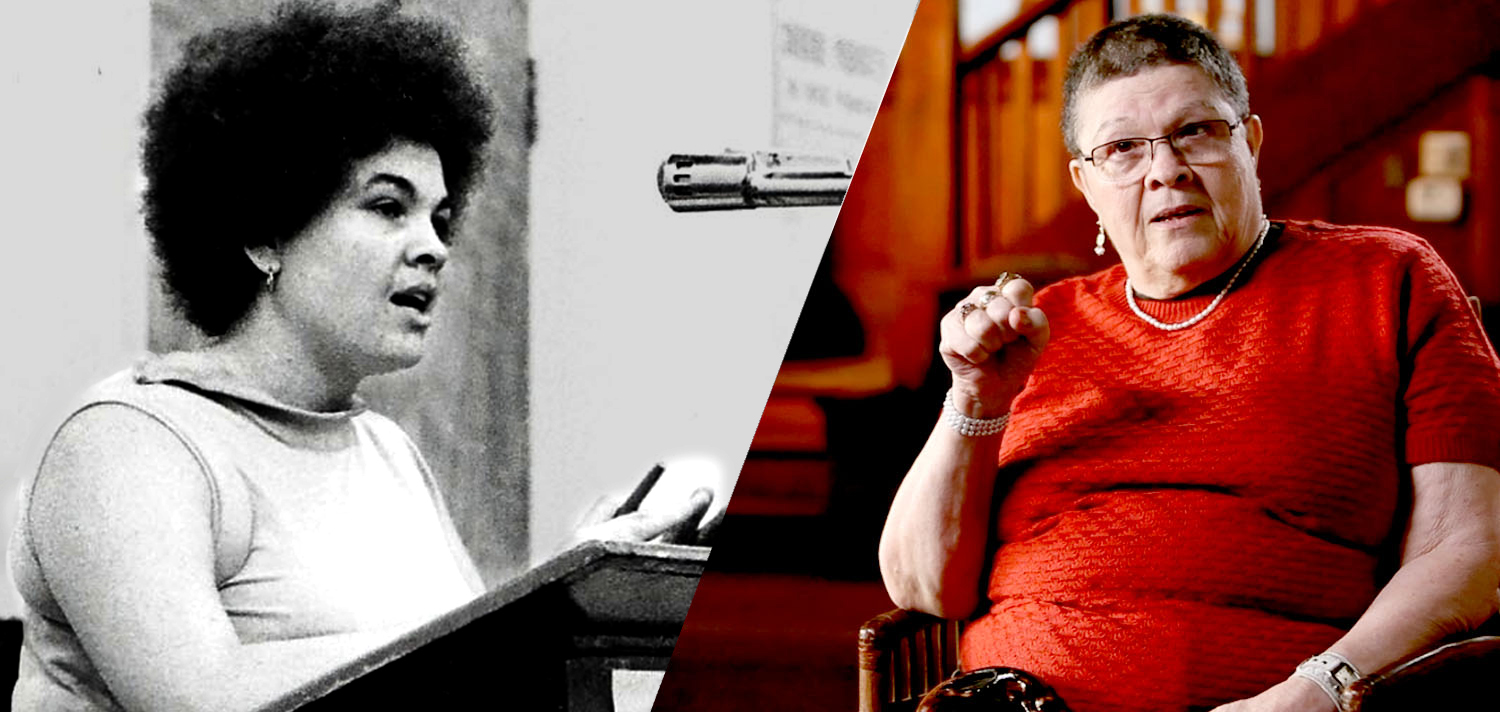
Johnnie Tillman National Welfare Rights Organization
Dorothy Bolden
National Black Feminist Organization
Roxanne Shanté (Lolita Shante Gooden)
Daniel Patrick Moynihan: The Negro Family Report
Dara Abubakari: Republic of New Africa
Dorothy Jamal and Brenda Haiba Karenga
Angela Davis
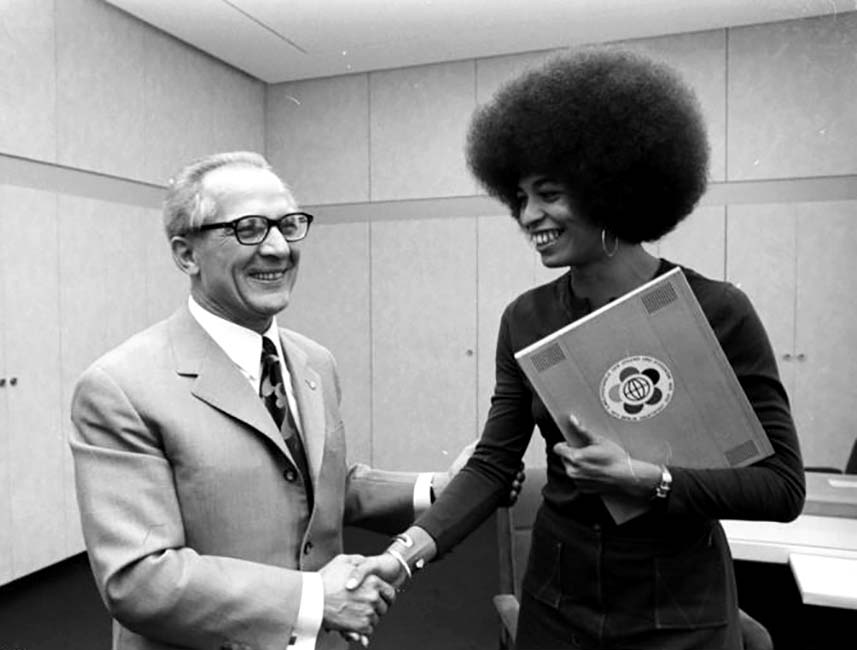
Local connection: Ruby Duncan

Gwendolyn Brooks
Faith Ringgold
![]()
Carol Moseley Braun
Mariah Carey and black women writers
One Book One College Discussion/Essay/Reflection Prompts
Chapter Ten: “Shirley’s Run, Black Power, Politics, and Black Feminism, 1970-2000”
1. What was Shirley Chisholm’s political slogan, and how did she embody it? How did her presence in Congress and her subsequent run for the presidency represent her constituents? How did she want to be remembered? What does that tell us about her?
2. In addition to Shirley Chisholm, Berry and Gross briefly discuss the political work of Representative Barbara Jordan (1972) and Senator Carol Moseley Braun (1992). Based on your reading of the text and of other sources related to these three political figures, compare and contrast their work for their constituents, for their country, and for feminism.
3. How did Black women find ways to be active and productive within the gender-restrictive organizations of the ’70s? How did their detractors attempt to undermine their pursuit of equity? How did these women counter such attempts?
4. Who is Ericka Huggins? Discuss her role in the Black Panther Party (BPP). How did her tragedies become catalysts of change for her personally and for the BPP?
5. What does Joan Little’s incarceration tell us about the treatment of Black women in prison in the ’70s? What did the collective actions of marginalized individuals bring about in the prison system during this period?
6. Compare and contrast the insights of Michelle Wallace’s Black Macho and the Myth of the Superwoman (1978) to Toni Cade Bambara’s The Black Woman (1970). What did these works convey about Black feminism and the harm Black feminism faced because of the patriarchy? Before forming your response, research Wallace and Bambara. Include in that research the reviews of and reactions toward their writing both then and now.
7. Compare and contrast the Million Man March (1995) and the Million Woman March (1997). Include in your discussion the catalysts and the outcomes of each. How did these marches succeed and/or fall short in comparison to the civil rights marches of previous decades?
8. Compare and contrast the role of Black male and female rappers. Explore their musical influences, their motivations, and their audiences’ responses. Be sure to develop your response with concrete examples of their music and of their personal and professional experiences.
9. Discuss how the Black Arts Movement represented and responded to Black feminism. Use specific artists and their works in your answer. How do these works form a unified voice? How do they show dissent?
10. What does it mean to be an ally? List the qualities and characteristics of an ally. Why would an individual feel uncomfortable being an ally? If you support equal civil rights and gender equality, what actions do you take that show your support? If you are more comfortable responding to this question in a creative form, then write a poem or create a drawing or song that represents you as an ally.
